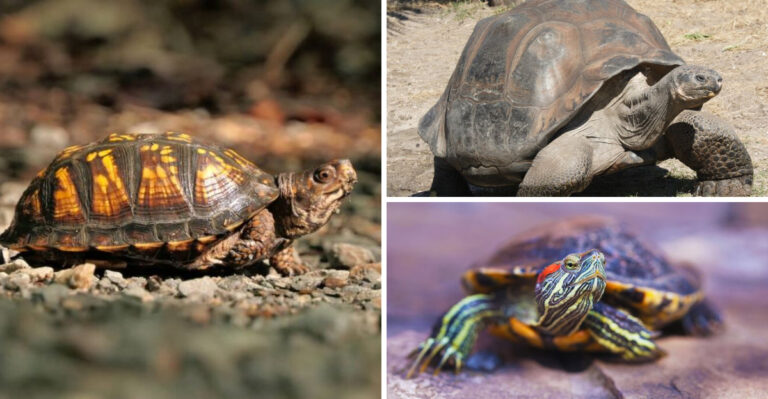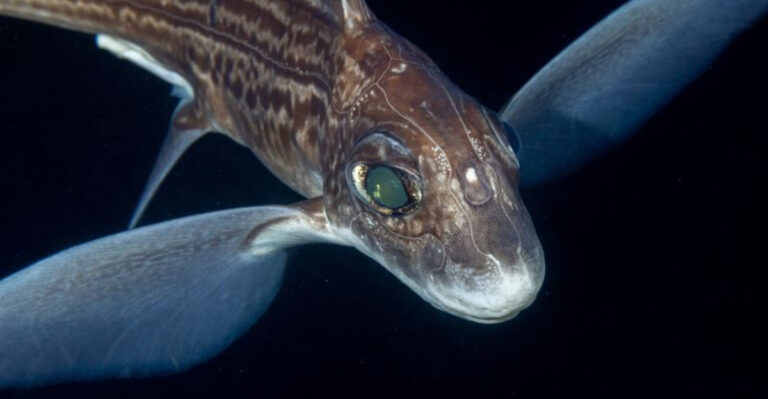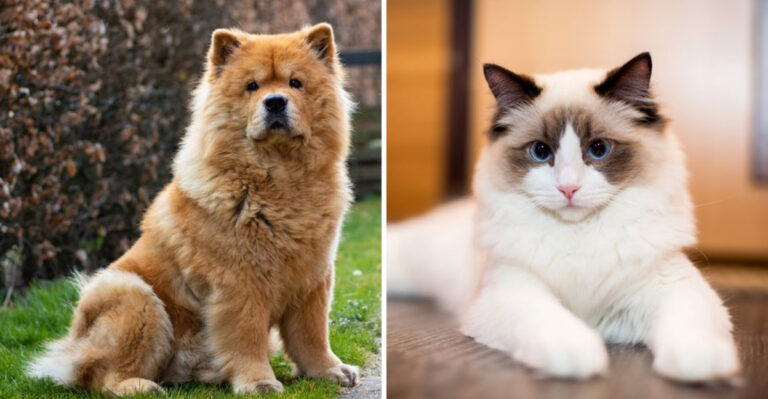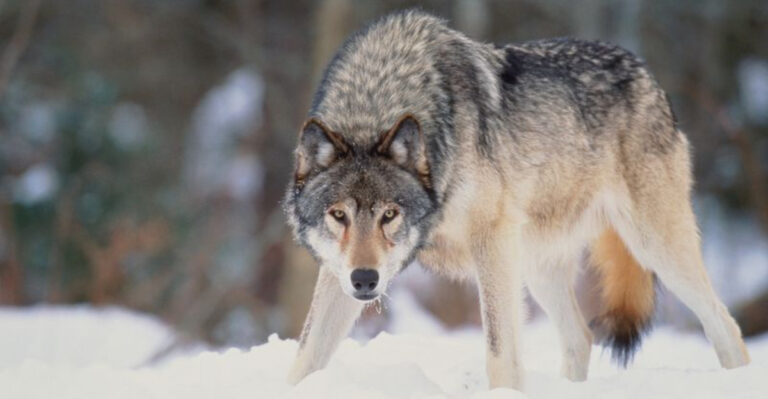15 Stunning Black And White Birds You Might Spot In The Wild
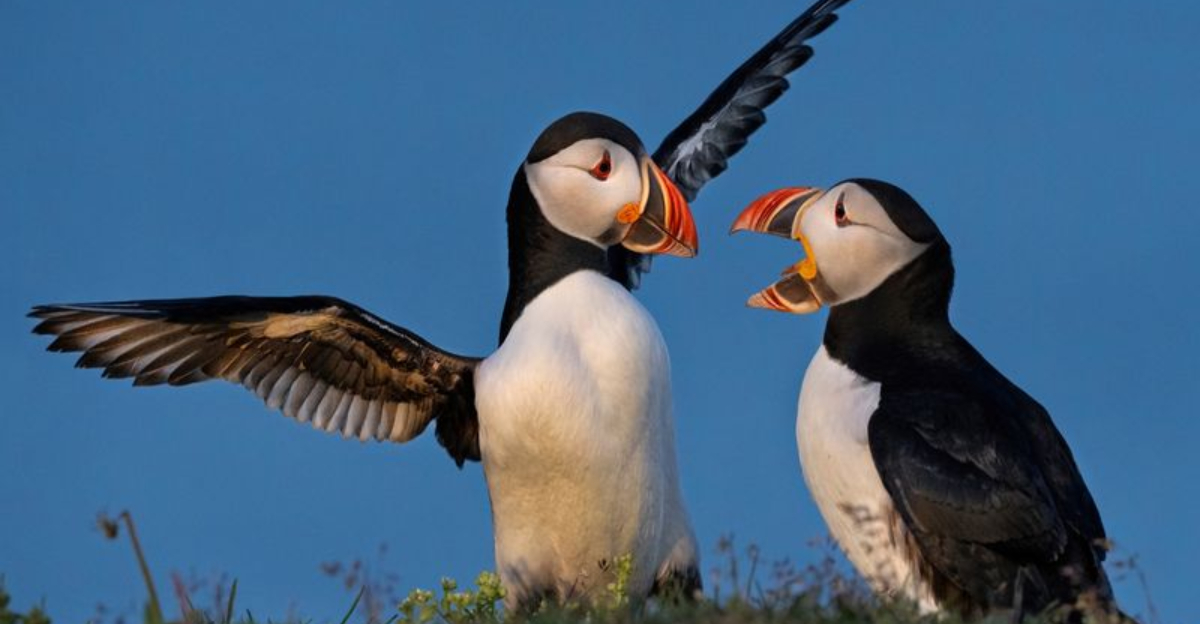
Birds come in every color of the rainbow, but some of the most striking feathered friends wear nature’s classic combination: black and white. These monochrome marvels can be found across forests, oceans, and even in our own backyards.
Whether you’re an experienced birder or just enjoy watching wildlife, these black and white beauties offer spectacular patterns that stand out dramatically against any backdrop.
1. The Majestic Bald Eagle
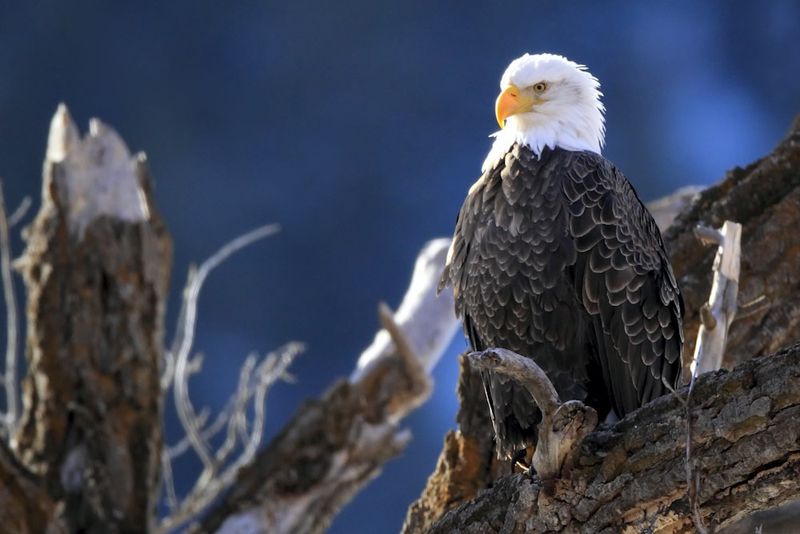
America’s national bird isn’t completely black and white, but its snowy white head and tail contrast dramatically with its chocolate-brown body, creating that iconic silhouette we all recognize. Adult eagles develop this distinctive coloration around age 5.
These massive birds boast a wingspan of up to 7.5 feet! They primarily feast on fish but won’t turn down other prey or even scavenged meals. Despite nearly facing extinction, conservation efforts have helped bald eagles make an impressive comeback.
2. Acrobatic Magpies
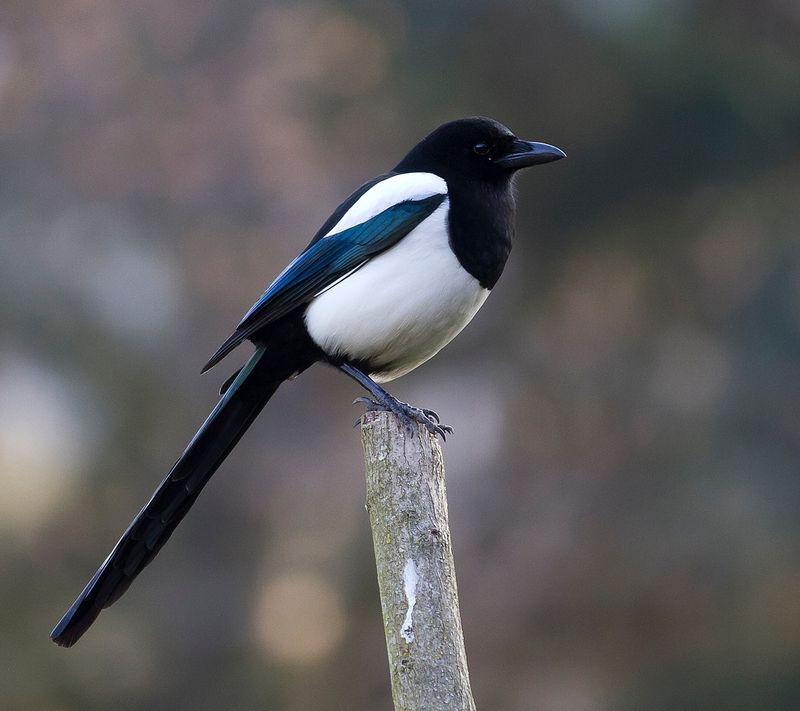
Sporting glossy black feathers with brilliant white patches on wings and belly, magpies are impossible to miss. Their extraordinarily long tails help them perform impressive aerial maneuvers through trees and across open spaces.
Known for their remarkable intelligence, these birds can recognize themselves in mirrors—a rare ability in the animal kingdom. They’re notorious collectors too, sometimes gathering shiny objects for their nests. Despite their sometimes mischievous reputation, magpies form strong family bonds that often last a lifetime.
3. Tuxedo-Clad Penguins
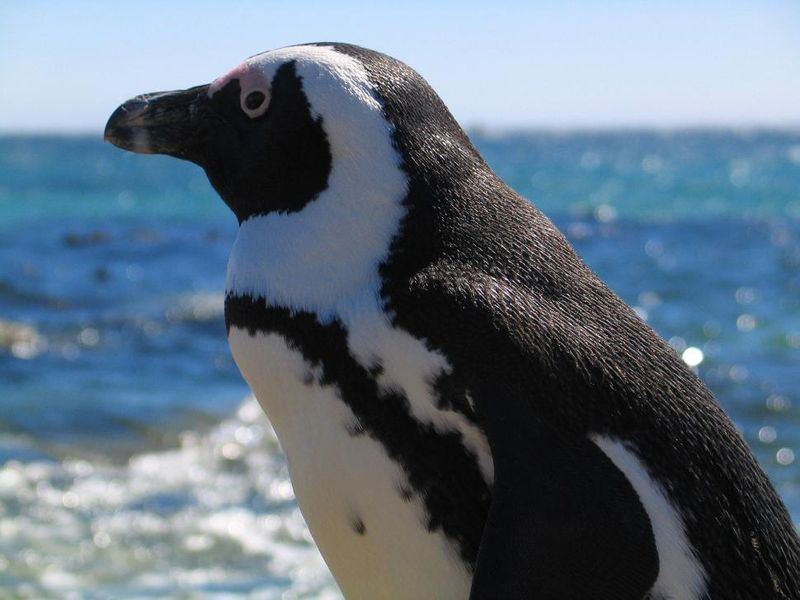
Forever dressed for a formal occasion, penguins rock nature’s perfect tuxedo. Their black backs and white fronts aren’t just fashionable—this countershading helps camouflage them from predators above and below the water’s surface.
While we often picture penguins in icy Antarctica, several species thrive in warmer climates—even near the equator! Their waterproof feathers and insulating blubber keep them comfortable in various environments. These flightless birds might wobble comically on land, but transform into graceful underwater torpedoes when hunting.
4. Striking Pied Wagtails
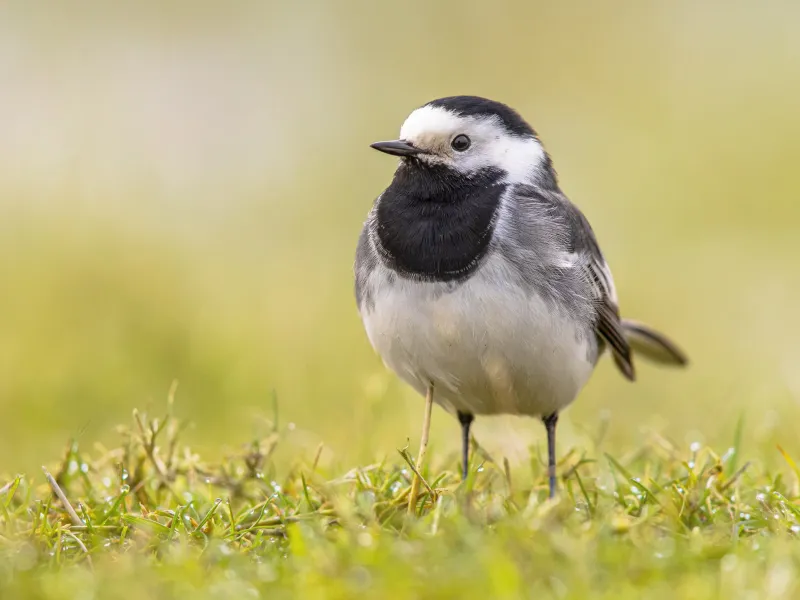
These charming little birds earned their name from their distinctive habit of constantly bobbing their long tails up and down. Their crisp black and white plumage creates a dapper appearance as they dart across lawns and pavements.
Highly adaptable, pied wagtails thrive in urban environments yet remain delightfully wild. They perform aerial acrobatics to catch insects mid-flight, showing off impressive agility. Listen for their cheerful ‘chisick’ call that announces their presence before you even spot their bouncing silhouette.
5. Elegant White Storks
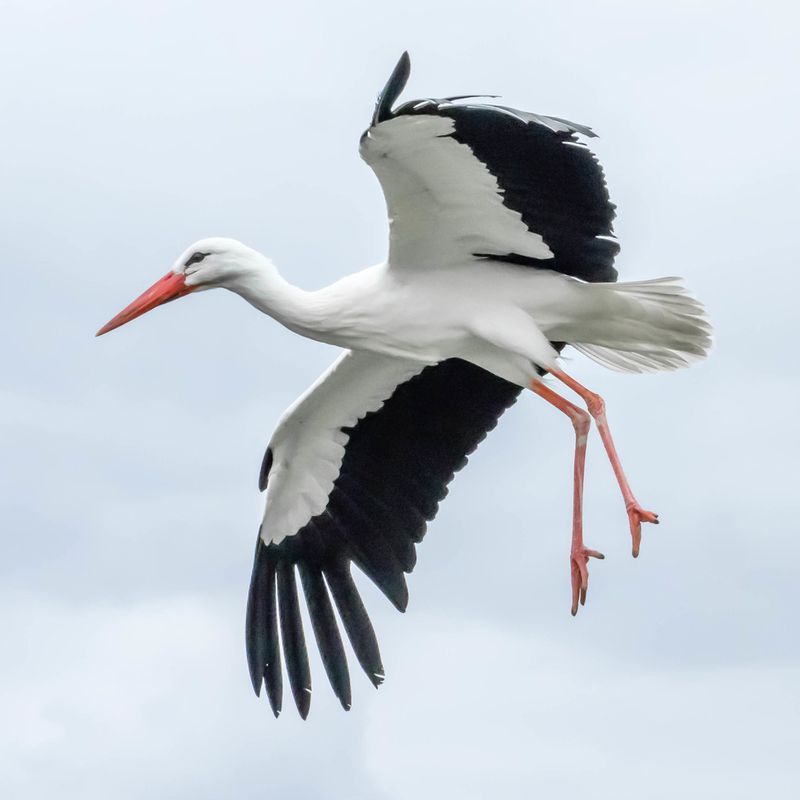
With snowy white bodies contrasted by bold black wing feathers, white storks create a dramatic silhouette against blue skies. Their bright red beaks and legs add just a touch of color to their otherwise monochrome appearance.
Throughout Europe, these birds are welcomed as symbols of good fortune and new beginnings. Many communities even place special platforms on rooftops to encourage nesting! Standing nearly four feet tall, they build massive stick nests that can weigh up to 500 pounds and be used for decades by successive generations.
6. Charismatic Chickadees
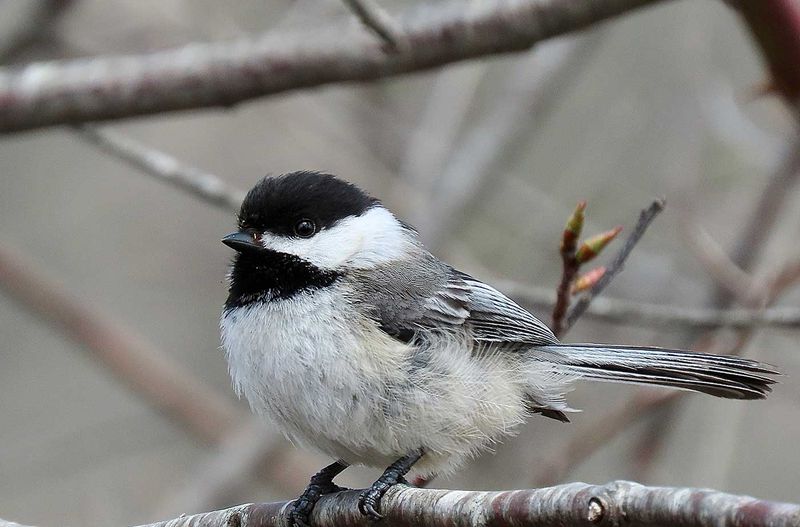
Small but mighty, chickadees sport a distinctive black cap and bib that contrasts with their white cheeks and gray bodies. Don’t let their tiny size fool you—these birds brave even the harshest winter conditions without migrating south.
Famous for their “chickadee-dee-dee” call, these vocal birds add more “dees” when they’re alarmed. Their remarkable memories allow them to remember thousands of food storage locations throughout winter. Bold and curious, they’re often the first birds to investigate new backyard feeders, sometimes even landing on outstretched hands!
7. Spectacular Puffins
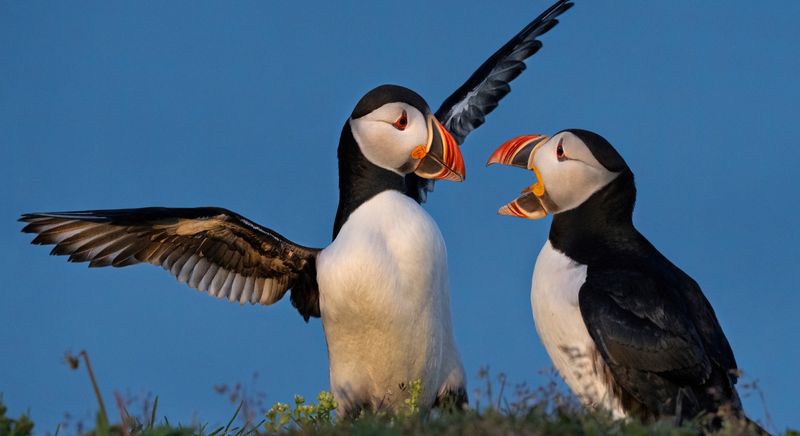
Often called “sea parrots,” Atlantic puffins display classic black backs and white fronts, but it’s their colorful beaks that steal the show. During breeding season, their beaks transform into vibrant orange masterpieces!
Masters of both air and sea, puffins can fly up to 55 mph and dive nearly 200 feet underwater. Their specialized beaks can hold multiple fish simultaneously—the record is 62 in one beak! These charismatic birds form lifelong partnerships, returning to the same burrow year after year to raise their single chick.
8. Dashing Loons
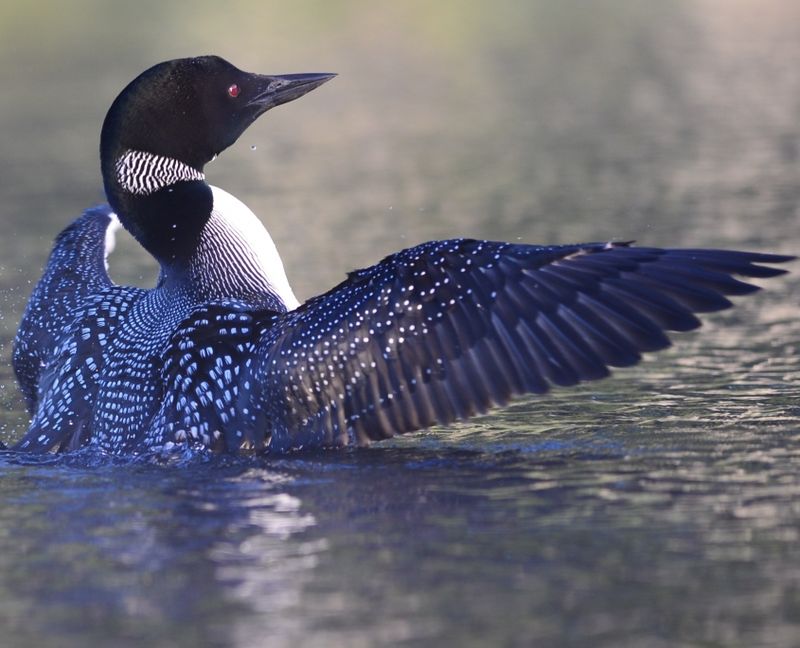
With their checkerboard backs, striped necks, and polka-dotted wings, common loons showcase nature’s most artistic black and white patterns. Their piercing red eyes add a touch of mystery to their already striking appearance.
Famous for their haunting calls that echo across northern lakes, loons produce four distinct vocalizations ranging from trembling wails to maniacal laughs. These remarkable divers can stay underwater for up to five minutes! Though graceful swimmers, their legs are positioned so far back on their bodies that walking on land becomes an awkward, almost comical struggle.
9. Unmistakable Ospreys
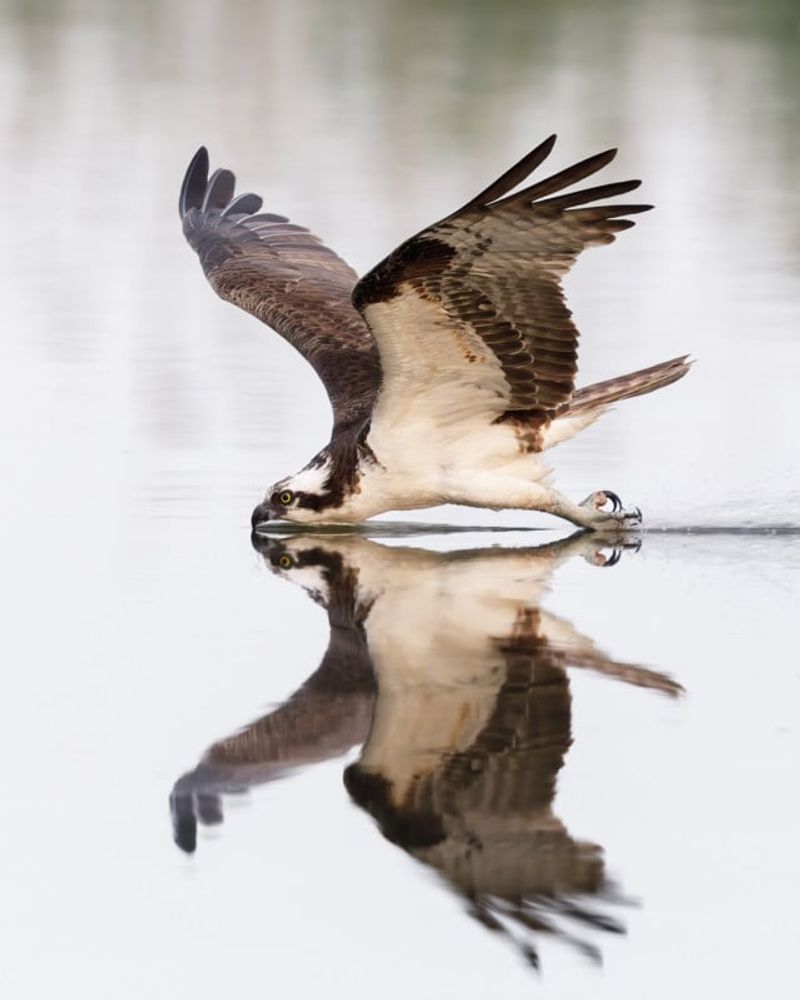
These fishing specialists display dark chocolate-brown upper parts contrasted by brilliant white undersides and heads (marked with a distinctive dark eye stripe). Their powerful talons are specially designed for gripping slippery fish.
Watching an osprey hunt is witnessing pure precision. They hover above water, then plunge feet-first to grab fish, sometimes completely submerging themselves! Their nostrils can close underwater, and special toe pads prevent prey from escaping. These remarkable raptors migrate incredible distances—some travel over 5,000 miles between breeding and wintering grounds.
10. Sociable Zebra Finches
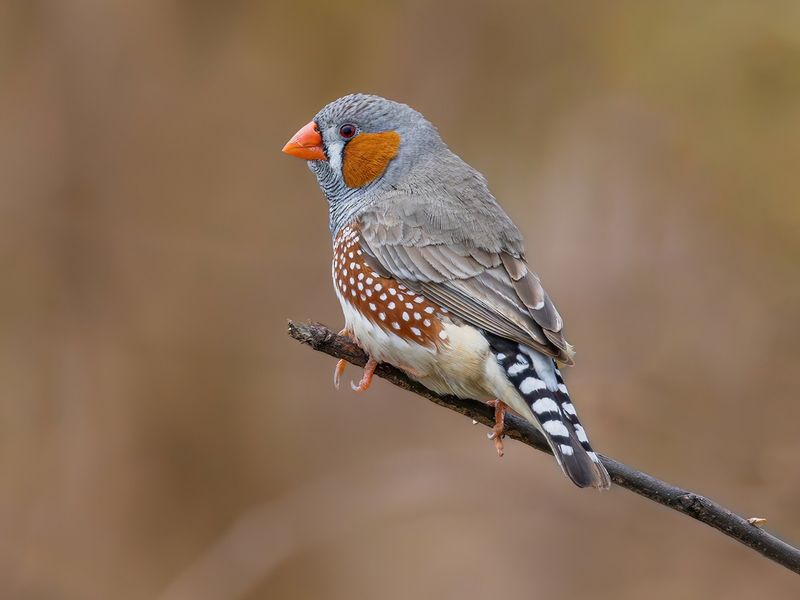
Male zebra finches sport striking black-and-white barred throats (resembling tiny zebra stripes) paired with rusty orange cheek patches and flanks. These tiny songbirds barely reach 4 inches in length but make up for their size with outsized personalities.
Native to Australia, they’ve adapted brilliantly to harsh desert conditions. Males court females with elaborate dances and personally customized songs. These chatty birds constantly communicate through complex vocalizations. Extremely social, they become visibly distressed when isolated, preferring to live in large, bustling colonies where pair bonds last a lifetime.
11. Downy Woodpeckers
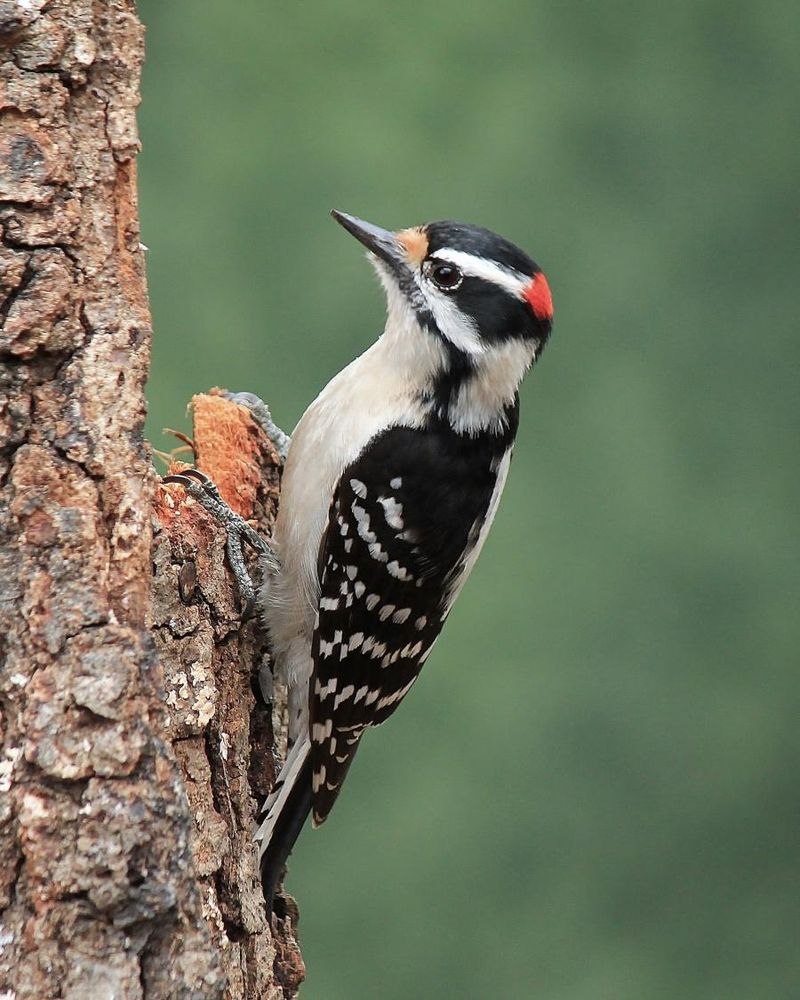
America’s smallest woodpeckers pack a visual punch with their crisp black and white plumage. Males sport a bright red patch on the back of their heads—a splash of color on their otherwise monochrome outfit.
Despite measuring just 6-7 inches long, downies create perfectly round nest holes in dead trees using their chisel-like beaks. Their stiff tail feathers act as props against tree trunks while their zygodactyl feet (two toes forward, two backward) provide excellent grip. Listen for their distinctive drumming patterns that serve as both communication and food-finding techniques.
12. Graceful Swans
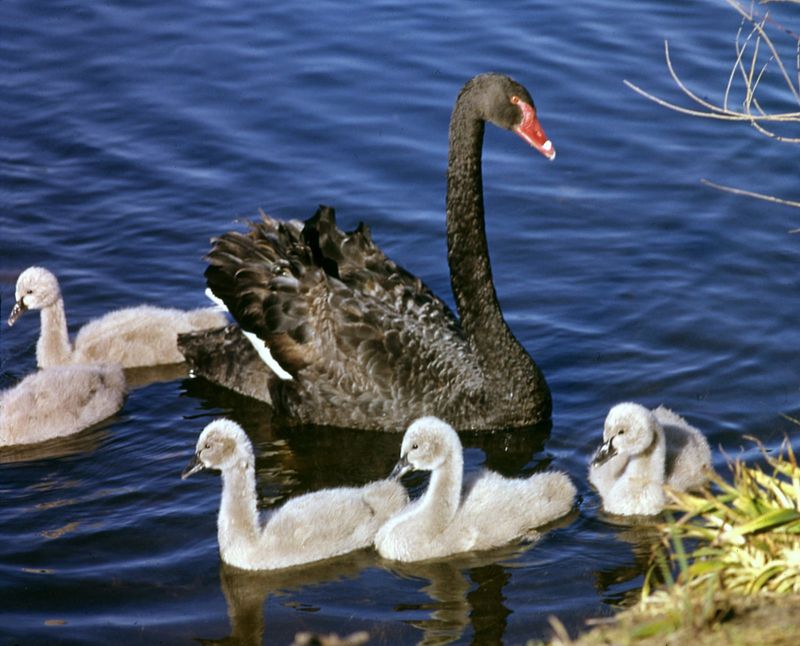
While most swans are purely white, black swans and black-necked swans create dramatic monochrome silhouettes against blue waters. These massive birds can weigh up to 30 pounds with wingspans reaching 10 feet!
Symbols of beauty and grace across cultures, swans form some of nature’s strongest pair bonds, often mating for life. Their powerful wings can deliver bone-breaking blows when defending their young. Unlike many birds, cygnets (baby swans) often ride on their parents’ backs during their first weeks of life—nature’s perfect ferry service.
13. Shorebird Sandpipers
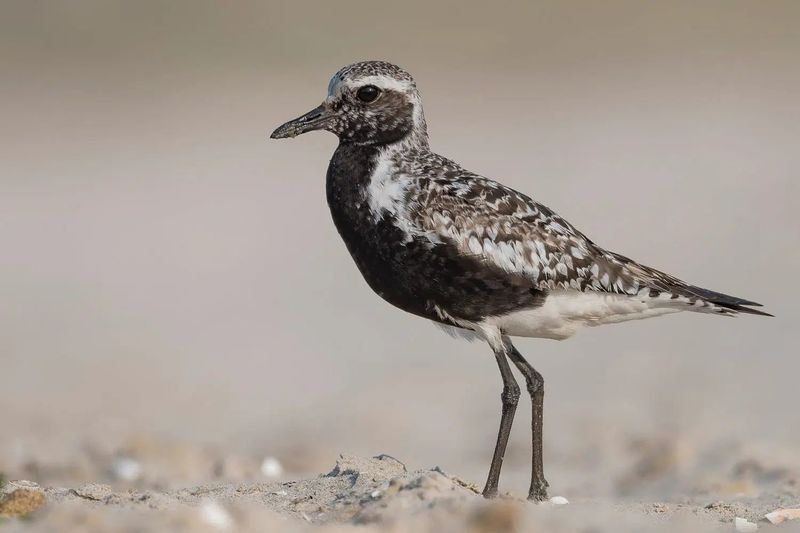
Several sandpiper species display striking black and white patterns, especially during breeding season. The spotted sandpiper develops distinctive black spots on its white belly, while the ruddy turnstone shows off a patchwork of black, white, and rusty feathers.
These busy little birds scurry along shorelines on their skinny legs, constantly probing for tiny crustaceans and insects. Some species migrate astonishing distances—the tiny semipalmated sandpiper travels from Arctic breeding grounds to South America each year! Watch for their bobbing movements as they run along beaches, creating a charming, animated presence along coastlines worldwide.
14. Elaborate Hooded Mergansers
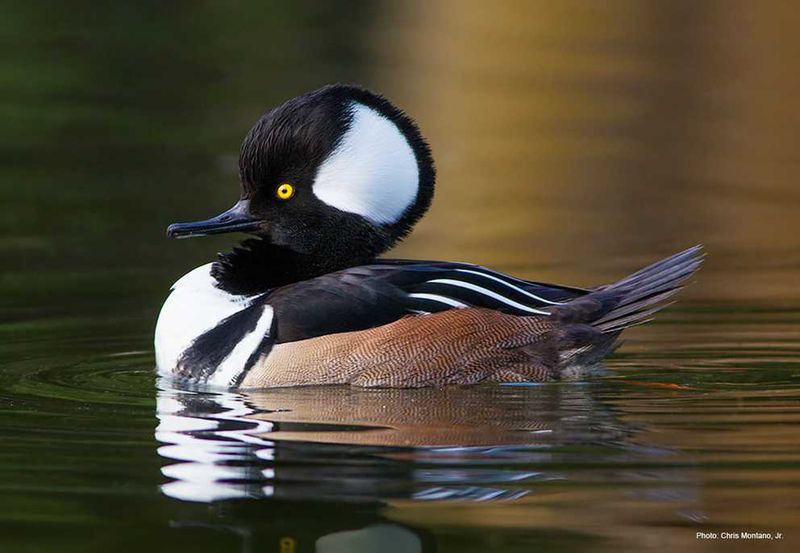
Male hooded mergansers sport one of nature’s most dramatic black-and-white patterns. Their expandable white crest surrounded by black creates an unmistakable profile that resembles an elaborate headdress or fan.
These small diving ducks possess specialized serrated bills perfect for gripping slippery fish. Their remarkable vision allows them to hunt underwater with deadly precision. Unlike most ducks, mergansers prefer woodland ponds and will nest in tree cavities up to 50 feet high! Newly hatched ducklings make their first adventure a dramatic one—jumping from these towering heights within 24 hours of hatching.
15. Masked Northern Shrikes
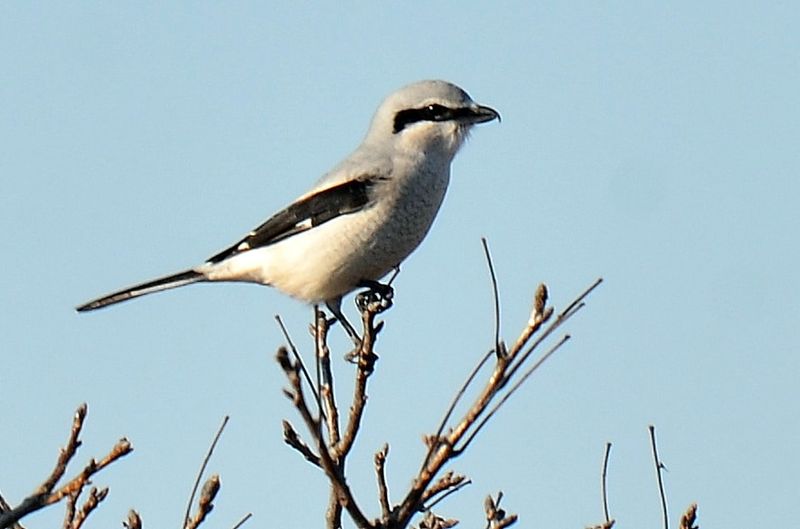
Often called “butcher birds,” northern shrikes wear a distinctive black mask across their eyes that contrasts with their pale gray bodies and white throats. Don’t let their small size fool you—these are fierce predators with hooked beaks for capturing prey.
Their hunting style is truly macabre. After catching small birds, rodents, or large insects, they impale their prey on thorns or barbed wire to create natural pantries! This gruesome behavior helps them tear apart food too large to eat in one sitting. Despite their predatory nature, male shrikes perform beautiful, warbling songs during courtship.

